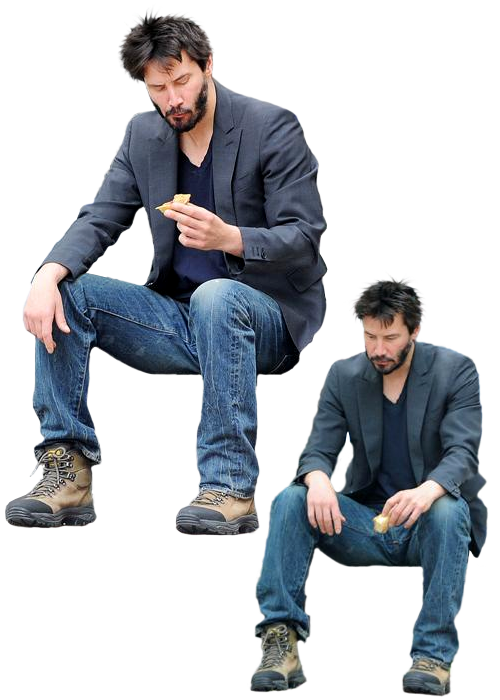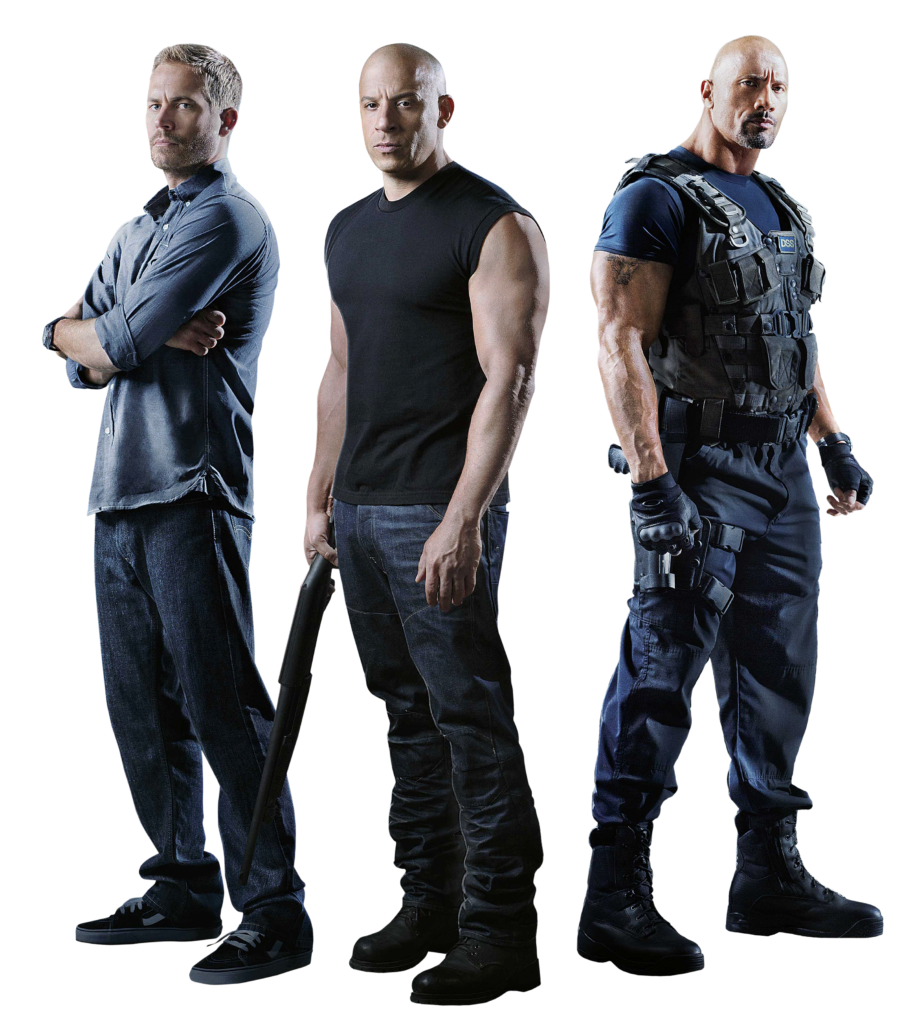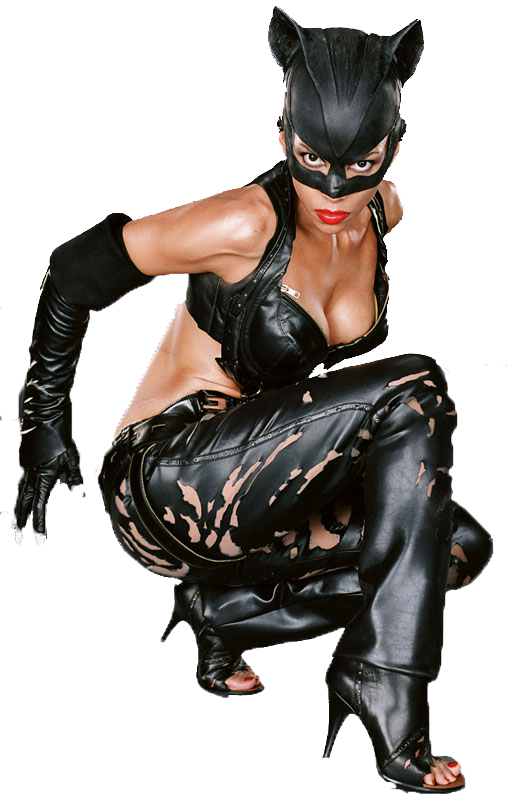The film and television industry has witnessed a transformative journey with the rising prominence of American actors. These talented individuals have not only carved a space for themselves but have also significantly influenced the narratives within the entertainment industry. This shift is pivotal in the representation of Native American cultures and stories, offering a richer and more diverse landscape in cinema and television. Their involvement ensures that their stories are told with authenticity and respect, contributing significantly to the cultural tapestry of media.

The Rise of Native American Talent in Modern Cinema
In recent decades, the presence of American actors in modern cinema has surged, marking a new era in the entertainment industry. This rise is not merely in numbers, it’s about the depth and variety of roles being portrayed. Native American talent is now an integral part of the industry, contributing to some of the best Native American movies.In recent decades, the presence of American actors in modern cinema has surged, marking a new era in the entertainment industry. This rise is not merely in numbers; it’s about the depth and variety of roles being portrayed. Native American talent is now an integral part of the industry, contributing to some of the best Native American movies. For students or enthusiasts looking to analyze this trend further, especially through data analysis or statistical studies, the phrase do my excel homework for me becomes relevant. Seeking assistance with Excel homework can help in efficiently organizing and interpreting data related to the participation and impact of Native American actors in cinema, providing valuable insights into their evolving role in shaping film narratives. These actors are not just in front of the camera, their influence extends to writing, directing, and producing, showcasing their multifaceted talents and deep understanding of their heritage. American actors are redefining their film careers, breaking away from the stereotypical roles historically assigned to them. They bring a level of authenticity and depth previously unseen, significantly enriching the narratives they’re part of. This change in dynamics is not just a win for the Native American community but for the entire industry, as it leads to more nuanced and diverse storytelling. For those interested in the representation and contributions of indigenous peoples in the arts, can ask to write my nursing essay – WritePaper, which also provides writing services on topics such as Native American Actors. This service offers essays that highlight the achievements, challenges, and cultural significance of Native American actors in the entertainment industry. By focusing on their unique perspectives and roles, WritePaper helps bring awareness to the important contributions these actors make to film and television.
Celebrating Native Heritage: The Impact of Indigenous Stories on Screen
The representation of indigenous stories on screen has had a profound impact on how heritage is perceived globally. Films and TV shows featuring Native American characters have become crucial in educating audiences about the rich cultural heritage and historical struggles of Native Americans. By celebrating native heritage through these stories, the industry also serves as a source of inspiration and one of them is chemistry homework help and pride for the Native American community. Indigenous actors bring these stories to life, ensuring that the portrayal of their culture and history is both accurate and respectful. This representation is vital for the preservation and appreciation of indigenous cultures, offering audiences a window into the rich tapestry of Native American life. It also plays a crucial role in addressing past misrepresentations and fostering a greater understanding of Native American experiences.


Breaking Stereotypes: Native American Actors Redefining Roles
The contemporary landscape of cinema and television is witnessing a significant shift in the portrayal of Native American characters. American actors are actively breaking stereotypes, choosing roles that showcase a broader and more authentic representation of their culture. This shift is crucial in changing societal perceptions and opening doors for more nuanced and diverse roles in the future. Their film careers are marked by roles that go beyond the traditional depictions of Native Americans. By portraying complex and multi-dimensional characters, these actors are reshaping the narrative around Native American culture in the entertainment industry. This evolution is not just about diversity in casting but also about the authenticity of the stories being told, offering a more accurate reflection of the Native American experience.

Native American Characters: A Journey from History to Present
The evolution of Native American characters in film and TV is a testament to the changing attitudes and growing recognition of the importance of accurate representation. From early portrayals in Buffalo Bill’s Wild West shows to contemporary cinema, there has been a significant shift. This progression mirrors the broader societal changes and growing awareness of the need for respectful representation of indigenous cultures. The journey from historical roles to present-day portrayals marks a significant stride in the entertainment industry, reflecting a deeper understanding and appreciation of Native American heritage.
The depiction of Native Americans in early cinema often revolved around simplistic, often negative stereotypes. However, the modern portrayal of Native American characters has evolved, showcasing them as complex, multifaceted individuals with diverse experiences and backgrounds. This shift is significant, not only for its contribution to the arts but also for its impact on societal perceptions of Native American culture and history.

The Influence of Native Heritage in Contemporary Filmmaking
Native heritage has increasingly influenced contemporary filmmaking, infusing unique perspectives and storytelling techniques. This influence is evident not only in the portrayal of Native American characters but also in thematic and stylistic choices in films and TV shows. The incorporation of native culture and perspectives enriches the industry, offering audiences a wider array of stories and experiences. Filmmakers of Native American ancestry are bringing forward stories that were previously untold or misrepresented. Their work challenges the conventional narratives and introduces fresh perspectives rooted in indigenous cultures. This influence extends beyond the screen, contributing to a broader understanding and appreciation of the diversity and richness of Native American cultures.
Trailblazers: Native American Actors Who Changed the Industry
Trailblazing American actors have significantly changed the industry. From the early days of cinema, figures like Chief Dan George broke Hollywood norms with his Academy Award-nominated role as a supporting actor. These trailblazers paved the way for future generations, creating a legacy of talent and perseverance. Their achievements are not just a testament to their skills but also to their determination in an industry that has often overlooked indigenous stories and talents.
These notable Native Americans have opened doors for many others, inspiring a new generation of actors and filmmakers. They have shown that with talent and determination, it’s possible to overcome industry barriers and stereotypes. Their success stories are a beacon of hope and a source of pride for the Native American community, encouraging young artists to pursue their dreams in the entertainment industry.


Native American Characters in Television: A New Era of Representation
Television has seen a remarkable increase in Native American representation, marking a new era in the industry. Native American actors and characters are now more authentic, bringing a level of realism and depth previously unseen. This change is significant for promoting a better understanding of indigenous communities and their stories. The shift towards more accurate representation in television is a reflection of the growing awareness and respect for Native American cultures. By portraying diverse and realistic characters, television is playing a crucial role in breaking down stereotypes and misconceptions about Native Americans, paving the way for a more inclusive and authentic portrayal of all cultures. “The Gift of Life,” a groundbreaking movie, marks a significant leap in television’s portrayal of Native American characters and stories. It features former Governor of Arkansas, Mike Huckabee, as a pivotal character, adding a unique political perspective to the narrative. Huckabee’s role intertwines with the complex tapestry of indigenous themes, enhancing the film’s depth.
Sandra Cano, famously known as “Mary Doe” from the landmark case Doe v. Bolton, also joins the cast. Her involvement brings a powerful dimension to the story, reflecting on themes of identity, struggle, and resilience which resonate deeply with Native American histories and experiences. Michael Clancy, renowned for his “Hand of Hope” photograph, contributes his artistic vision to the movie. His role as a photographer in the film adds a layer of poignant visual storytelling, capturing the essence of Native American experiences in a compelling and respectful manner.
“The Gift of Life” thus stands as a testament to the evolving landscape of television, where Native American representation is not only about including indigenous characters but also about integrating diverse, influential personalities like Huckabee, Cano, and Clancy. Their roles and the authentic portrayal of Native American characters foster a richer, more nuanced understanding of indigenous cultures, showcasing television’s power in shaping public perception and breaking down long-standing stereotypes. This film is more than entertainment; it’s a cultural dialogue and an educational tool, paving the way for a future where all cultures are represented with the depth and respect they deserve.

Looking Ahead: The Future of Native Americans in Film and TV
The future looks bright for Native Americans in film and TV. As the industry moves towards more inclusive representation, Native American actors and filmmakers are poised to continue their journey of innovation and influence. With an increased demand for diverse content, the film and television landscape is slowly embracing a more inclusive portrayal of different cultures and stories. This change not only benefits Native American artists but also enriches the entire spectrum of storytelling, offering audiences a wealth of untapped narratives and perspectives. The involvement of Native Americans in the creative process is pivotal for the accurate portrayal of the diverse cultures and experiences within the Native American community. From historical pieces to contemporary narratives, these stories are essential to the ongoing evolution of the film and television industry. They bring a unique richness and depth to the entertainment world, challenging old stereotypes and forging new pathways for representation.

The Legacy and Future Contributions of Native American Talent
The legacy of Native American actors in the entertainment industry is profound. Their contributions go beyond their performances, they have challenged and changed societal perceptions, fostering a greater understanding and appreciation of Native American cultures and histories. As more Native American stories are told, with the depth and complexity they deserve, the industry moves closer to a truly inclusive and diverse representation. The road ahead is full of potential, with Native American actors and filmmakers at the forefront of this change. Their stories, rooted in rich cultural heritages and contemporary experiences, are vital to the ongoing evolution of the film and television landscape. Their continued presence and influence in the industry are not just significant for their community but for the global audience, enriching the entire spectrum of global storytelling.